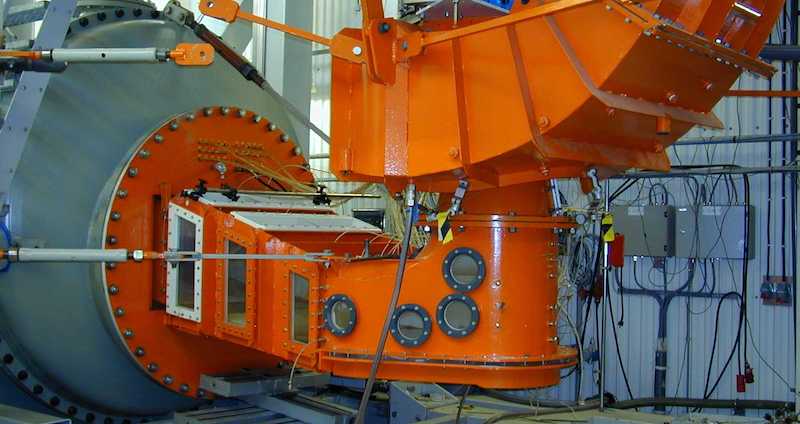We have previously assessed state-of-the-art unsteady turbulence modeling (URANS, PANS, hybrid models and LES) for the use in hydro power applications under steady operating conditions. We have shown that it is possible to accurately predict the unsteady flow features under such conditions.
The next step is to include the transients when continuously regulating the electric grid, when changing from one operating condition to another, during start-up/shut-down, or at a sudden load rejection. Another situation is when the turbines are running at speed no-load, ready to connect to the electric grid at very short notice. Numerical simulations of such situations require further research on turbulence modeling, wall functions, and coupling to the entire hydraulic system. In most cases the transients involve changes in blade angles that must be taken into account. That requires developments in mesh generation, mesh morphing, special treatment of small gaps, mapping of intermediate results, etc.
The industrial purpose of the project is to reduce the risk of turbine degradation due to off-design operation and regulation, and to reduce the corresponding enormous economical costs in terms of repair and loss of production. To provide knowledge to be used for new operating procedures.
The academic purpose is to develop knowledge in the physics of turbulent flow, and to develop numerical techniques, methods and models for the future. Any other, from those involved through the faculty funding.

